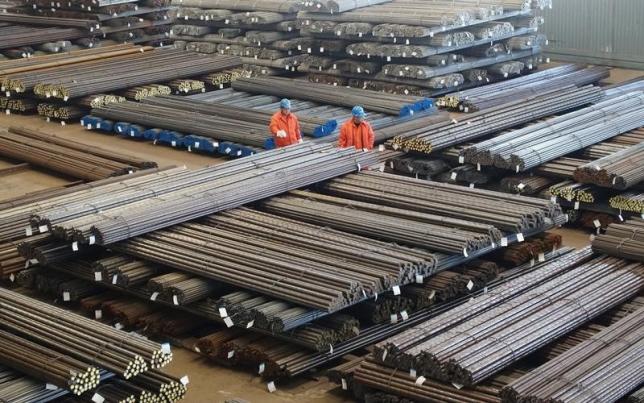China returned as the United States’ largest foreign creditor in March, even as overall foreign central bank holdings of US Treasuries fell, US government data shows.
China held $1.261 trillion in US Treasuries in March, the most since September and up from $1.224 trillion from February, the Treasury Department data showed, Reuters reported.
Japan slipped back to No. 2 with $1.227 trillion, above $1.224 trillion in February. Belgium, which as recently as February was the No. 3 holder of US debt, saw its holdings plunge in March by $92.5 billion to $252.8 billion.
Analysts have said the country’s holdings had risen due to foreign accumulation of Treasuries held in custody accounts at Belgium-based clearing houses.
“This suggests that the run-up is finally starting to unwind, with Chinese holdings spiking $37.3 billion in March,” Gennadiy Goldberg, interest rate strategist with TD Securities, wrote in a research note.
Decline in Holdings
The decline in overall foreign central bank holdings of Treasuries accelerated in March. They fell $23.69 billion, marking the largest monthly decline since April 2013 when they decreased by $23.78 billion.
Private investors bought $35.35 billion US government debt in March, the highest amount since September. Net buying of long-term US assets totaled $17.6 billion in March from a revised inflow of $20.9 billion in February.
Including short-dated assets such as bills, overseas investors sold $100.9 billion March after a revised inflow of $28.8 billion the month before. The drop was the first in three months.
In December, net foreign sales of all US assets totaled $191.5 billion. Private overseas investors sold $90.5 billion in US assets, the most since a $160.5 billion drop in December. Official foreign sales of US assets totaled 10.4 billion following combined net purchases of $39.1 billion in January and February.
Alert But Not Alarmed
China suffers from a serious case of “debt disease,” but the treatment and side effects may not be as severe as some expect, and dramatic credit tightening is very unlikely. Debt is concentrated among state-owned firms, while the private firms that generate most of China’s new jobs and investment have already deleveraged. The biggest risk is the high level of debt among real estate developers, Barrons reported.
There is no question that debt levels in China rose sharply after the Global Financial Crisis that began in 2008. A recent study by the McKinsey Global Institute says that from 2007 to 2014, China’s total debt, including debt of the financial sector, nearly quadrupled, rising from $7.4 trillion to $28.2 trillion, or from 158% of GDP to 282%.
Another new report, by economists at the Hong Kong Monetary Authority’s think tank (HKMA), notes that this rise in indebtedness “has been partly related to a big stimulus package launched in 2008 to 2009. Unlike the deficit-financed stimulus packages in the West, China’s big stimulus package was funded mainly by bank credit.”
Corporate Responsibility
The main driver of the rise in debt has been borrowing by non-financial corporations, and at 125% of GDP, “China now has one of the highest levels of corporate debt in the world,” according to the McKinsey study.
Despite that, economists at the IMF (International Monetary Fund) report that, “On average, Chinese firms’ leverage is not high.” The HKMA economists agree, noting that “our analysis based on firm-level data indicates that China’s corporate sector does not appear to be over-leveraged in aggregate, despite rapid credit growth following the Global Financial Crisis.”
This doesn’t mean China’s debt disease isn’t severe. But the diagnosis is that the disease is highly concentrated, presenting two distinct hot spots: state-owned enterprises (SOEs) and real estate developers.


